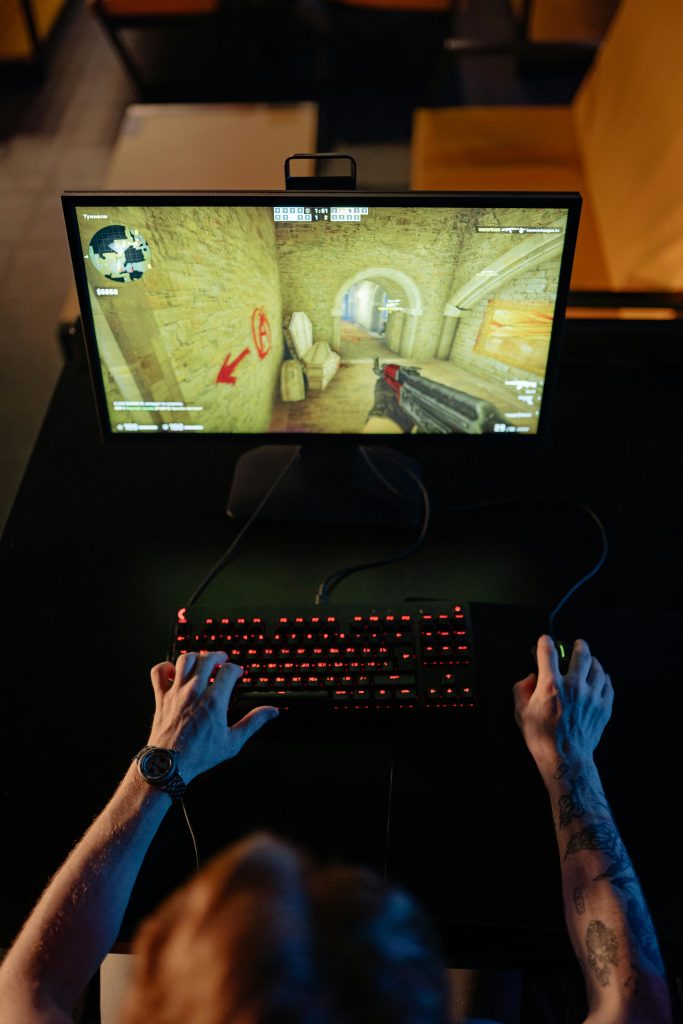Troubleshooting a Delayed Boot with VGA Light Indicator on Your PC: A Step-by-Step Guide
If your computer is experiencing unusually long boot times, particularly with the VGA light on your motherboard illuminated white, it can be a cause for concern. Such issues often point to hardware or connectivity problems that need systematic diagnosis. In this article, we’ll explore common causes and effective troubleshooting techniques to help you get your system back to normal.
Understanding the Issue
A typical scenario involves a Windows 11 system equipped with an RTX 3070 GPU, where the user reports:
- Extended black screen during boot, lasting approximately 15 minutes.
- The motherboard’s VGA light remains white during this period.
- After the delay, the system loads the Windows interface normally.
- Difficulty shutting down the computer normally; holding the power button becomes necessary.
- Repeated hardware adjustments and software updates, including reseating the GPU, BIOS updates, and Windows reinstallation, have not resolved the issue.
This pattern suggests underlying hardware detection or communication problems, potentially related to the graphics subsystem.
Potential Causes
- Graphics Card Issues: Faulty or improperly seated GPU, or driver conflicts.
- Motherboard or BIOS Settings: Misconfigured BIOS options related to primary display or PCIe slots.
- Power Supply Problems: Insufficient power delivery to the GPU, especially under load.
- Display Connection or Monitor Faults: Loose or damaged cables could delay detection.
- Hardware Compatibility or Age: Compatibility issues or aging components.
Step-by-Step Troubleshooting
1. Verify Hardware Seating and Connections
- Reseat the GPU: Ensure the graphics card is firmly seated in its PCIe slot. Remove and reinsert it carefully.
- Check Power Connectors: Confirm that all PCIe power cables are securely connected.
- Inspect Cables and Monitor: Use different display cables and Test the monitor with another device to rule out signal issues.
2. Clear and Reset BIOS Settings
- Reset BIOS to Defaults: Access BIOS, and select the option to reset to factory defaults.
- Update BIOS Firmware: Since you’ve already updated the BIOS, ensure it’s the latest stable release from your motherboard manufacturer.
- Adjust Primary Display Settings: Set the primary display to PCIe or PEG (PCI-Express Graphics) rather than integrated graphics if applicable.
3. Check Hardware Components
- Test GPU in Another System: If possible
Share this content:



